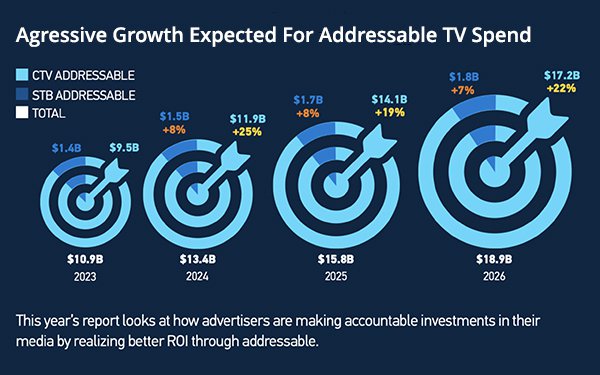COMMENTARY
The Science Behind a Winning Marketing Plan: Harnessing Data
- by JoAnne Gritter , February 21, 2024
Big data is changing the way the world works. The speed at which unprecedented volumes of information are being collected and analyzed requires constant revision to an organization’s best practices.
Consider that as of 2012, 2.5 exabytes of data were being created daily - more data every second than the entire internet contained in 1992. Flash forward to the present. As of 2022, 329 extrabyes of data were being created daily. Filtering, analyzing, and utilizing this data has become a precise science. Marketing and advertising is no exception.
Key ingredients
The key ingredients for a successful marketing plan have not changed.
Begin each year by establishing the overarching goals and objectives of your organization, then identify and gain a deep understanding of your audience and customer segments. Keep these goals and ideas within sight. Conduct a comprehensive analysis of the market landscape, including industry trends, competitive insights, and market opportunities. Integrate what you learn into a SWOT analysis of your own business to identify strengths and weaknesses, as well as opportunities and threats.
Next, determine the marketing budget for the year and allocate resources accordingly. Outline the strategies and tactics you will employ to achieve your marketing objectives. Define specific metrics and key performance indicators that will be used to measure the success of your marketing efforts. Create a timeline or calendar outlining the key milestones, activities, and campaigns throughout the year.
Finally, establish a system to regularly monitor and evaluate the performance of your marketing plan. Expect to make adjustments along the way.
Harnessing data
Collecting and analyzing the data that will drive your strategies and decision-making is essential to the pre-planning process. Start by breaking down your data into categories.
Sales, marketing, and revenue: Review historical sales and revenue data to understand past performance and identify trends.
Budget and resource allocation: Collect financial data related to marketing expenditures, then allocate budget based on performance and priorities.
Customer data: Gather information about your customers (demographics, psychographics, purchasing behavior, preferences) to generate insights.
Market research: Look into industry trends, market size, customer demands, and the competitive landscape. Industry reports, studies, and benchmarks will also help you understand broader market trends, consumer behavior, and best practices.
Competitive analysis: Analyze your competitors' marketing tactics, product offerings, pricing, and positioning. Review their online presence, social media activities, and customer feedback to gauge their reputation and engagement. Their successes and failures might lead to actionable data.
Website and social media analytics: Utilize web analytics tools to track your website’s traffic, user behavior, conversions, and engagement metrics.
Customer feedback and surveys: Gather feedback from customers through surveys, interviews, or online reviews.
Internal stakeholder input: Seek input from key stakeholders (sales teams, product managers, executives) within your organization. Make sure everyone understands the data at hand. Make it digestible and relevant. What’s important to a sales leader may not be what’s important to your CEO.
By investing time and effort into the pre-marketing plan prep work, you'll be equipped with the necessary insights and data to develop a targeted marketing plan that maximizes your resources and drives meaningful results. With a well-informed and strategic approach, you can navigate the challenges of the modern marketing landscape and achieve your business objectives.










 By the numbers:
By the numbers:  The big picture:
The big picture:  Zoom in:
Zoom in: The state of the world
The state of the world  Reality check:
Reality check: 





